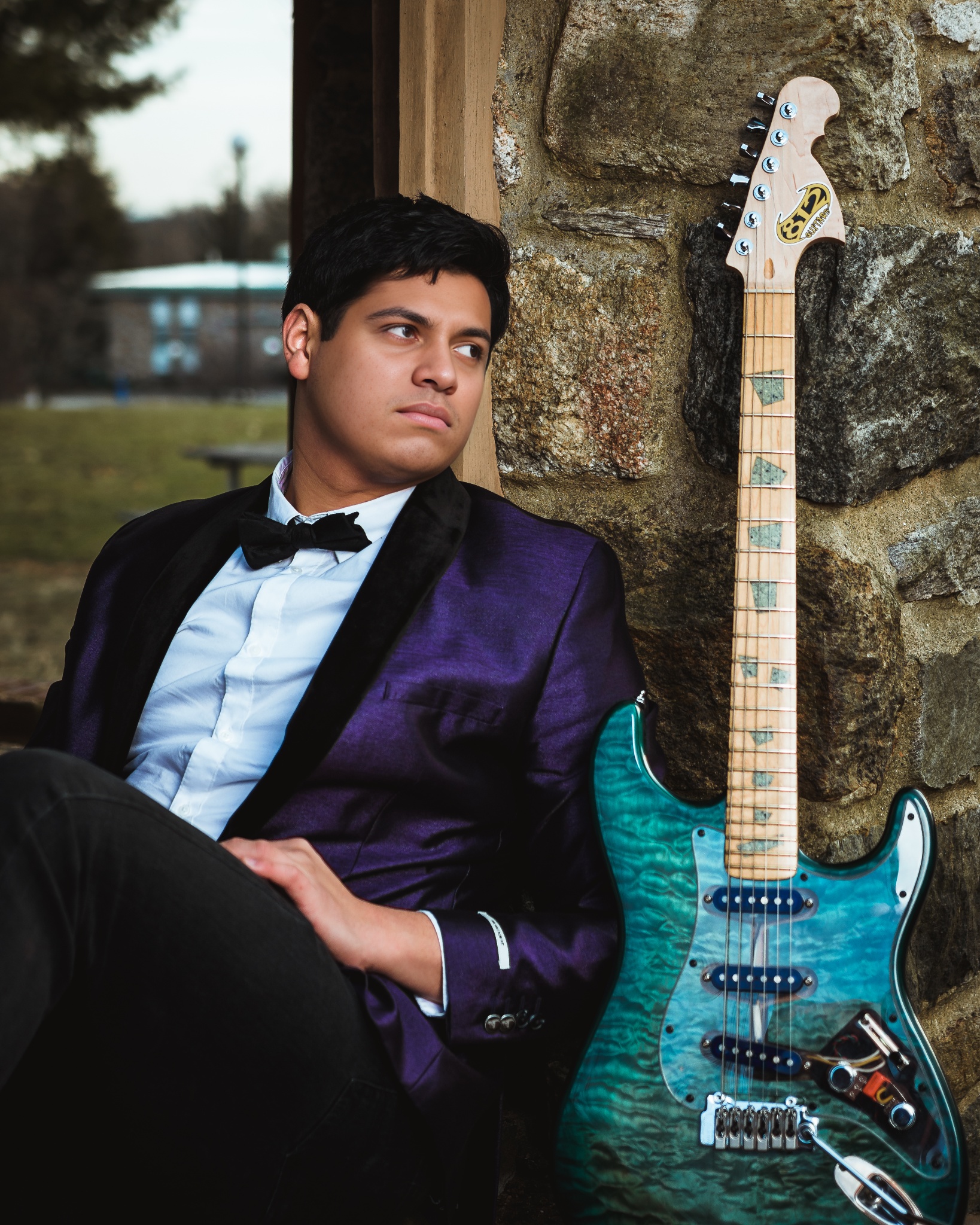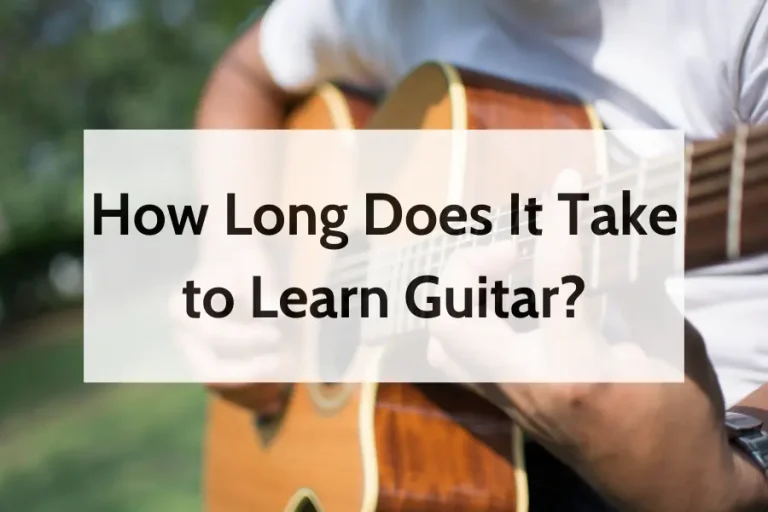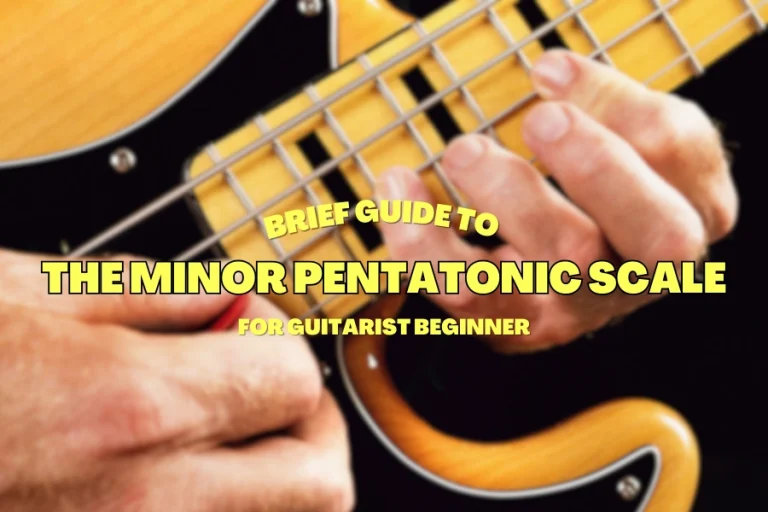
Chord progressions frame the consonant establishment of a melody and can be found in nearly each class of music. Without chord progressions, music would be dull and need cohesiveness.
A brief chord progression may be utilized over and over in a melody. Longer pieces of music may incorporate numerous chord progressions utilized for distinctive segments. A few tunes may have complex chord progressions that create all through the piece. In this article, we will share about chord progressions, as well as how to read chord progressions simply and professionally.
Some Details About How To Read Chord Progressions
Reading chord progressions is basic before you want to play any musical instrument such as guitar, piano, or violin. Reading chord progressions takes time, and we need to understand some of the characteristics of chord progressions first.
Chord Progression Concept
A chord is a set of sounds in a certain arrangement. It may include major, minor, diminished, or extended. A chord progression is an arrangement of chords played in a particular arrangement. The arrangement of the chords makes a harmonic progression, which is the spine of a song.
Chord progressions can be brief and simple, or they can be long and complex. When we approach perusing music, instead of looking at personal notes or chords, we peruse bunches of notes as a chord or a chord progression.
Chord progressions play a huge part in the plot of a song. A specific chord in a chord progression can significantly alter the plot of a song from cheerful to pitiful or dim to shining. Even simple, repetitive chord progressions have the control to pass on an extent of complex melodic thoughts and feelings.

The Nashville Number System In Chord Progression
The Nashville number system is a method of speaking to chords using Roman numerals. When you see a chord progression composed in Roman numerals, it makes a difference to know how to peruse them:
- Capitalized Roman numerals speak to major chords
- Lowercase Roman numerals speak to minor chords
- If there is a little circle following the Roman numeral it implies the chord is reduced
- If there is a little triangle following the chord is augmented
As you start to learn chord progressions utilizing the Nashville number system, you will start to take note that, indeed even though songs may utilize diverse keys, the chord progressions are the same. This makes it simpler to examine and memorize chord progressions. One day, you will discover that you are no longer pursuing chords one by one, but that you study the song as an arrangement of chord progressions.
Common Chord Progressions In Music
Here are some commonly used musical progressions:
I-IV-V chord progression
One of the most common chord progressions in music is the I-IV-V progression. This progression is found in endless tunes over numerous genres.
Chords developed at the beginning with, fourth, and fifth scale degrees in a major or minor key make up the I-IV-V movement. The chords in C major (CEG), F major (FAC), and G major (GBD) make the I-IV-V movement in the key of C major. This progression is prevalent since it is exceptionally flexible. It can be utilized to express a wide run of feelings, from cheerful to sad.
ii-VI chord progression
Another common chord progression is the ii-VI progression. Several jazz standards use this progression.
The ii-VI progression comprises chords built on the moment, fifth, and to begin with scale degrees of a major or minor key. In the key of C major, the ii-VI progression would comprise of the D minor (DFA), G major (GBD), and C major (CEG) chords. This progression is well known since it has a strong sense of forward momentum. It also sounds very pleasant.
iii-vi-ii-VI chord progression
The final chord progression we will see is the iii-vi-ii-VI progression. The jazz blues progression is sometimes used to refer to this pattern.
The iii-vi-ii-VI progression comprises chords built on the third, 6th, moment, fifth, and begins with scale degrees of a major or minor key. In the key of C major, the iii-vi-ii-VI progression would incorporate the chords E minor (EGB), A minor (Pro), D minor (DFA), G major (G=B=D), and C major (CEG). This progression is very popular because it has a very sad sound. Numerous jazz standards also make use of it.

How To Read Chord Progressions Like An Expert
Actually reading chord progressions is not as difficult as you think, just simply follow some tips below:
- Practice all your songs in a key so you are really familiar with all the chords in that key.
- Write down numbers on each chord in the song using the Nashville Numbering System.
- Write down chord progressions that you notice coming up over and over again so you don’t have to memorize so many chords.
- Practice playing these common chord progressions on your instrument so your fingers learn to move between them.
Practice How To Read Chord Progressions
Utilizing a metronome is the most prominent strategy to get capable of perusing chord progressions. Set the metronome to a direct rhythm, like 60 beats per minute, to begin. Take one beat to play each chord in the progression. Once you get utilized to playing the progression at a moderate rhythm, you can continuously increment the tempo.
Another way to hone reading chord progressions is to utilize backing tracks. Backing tracks are an awesome way to hone chord progressions since they provide you with something to play with and can offer assistance to keep a consistent beat.

Practical Application Of How To Read Chord Progressions In Your Songs
Your chord progressions might range from simple, repetitive, and predictable to intricate and even a little erratic, depending on the genre of music you play. Numerous methods exist for chords to come together. If you’re new to composing, I recommend starting with a fair two or three-chord sequence. The secret to writing a composition that works is to give yourself the space and opportunity to experiment with chord combinations.
One strategy to consolidate chord progressions into your compositions is to utilize Roman numerals to make an outline song graph. For occasion, you can begin composing the chords of the I-IV-V progression in Roman numerals if you are composing a tune in the key of C major. This will provide you with the song’s fundamental structure, which you can at that point construct upon utilizing the melody and other chord progressions. Utilizing chord progressions as a beginning point to make your possess special progression is another approach to incorporating them into your songs.
If you run into inconvenience, attempt improving a chord progression or supplanting a chord in the arrangement with a distinctive chord. For this case, you may utilize a minor or reduced chord instead of a major chord. Furthermore, you might attempt to expel a chord or including a chord in a progression. The secret to discovering novel and fascinating progressions is experimentation.
Wrap Up
We hope you enjoyed these instructions on how to read chord progressions. Experiment with different progressions and practice regularly to improve your chord progression reading skills. Understanding how to utilize chord progressions can offer assistance on how to play your instrument way better, or it can be a beginning point for your songwriting. Where you go from there is up to you.









